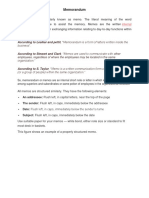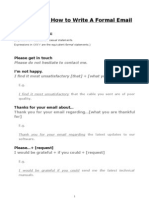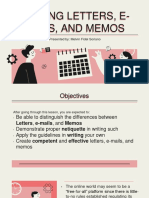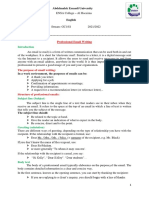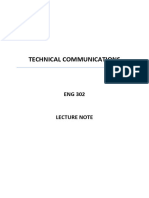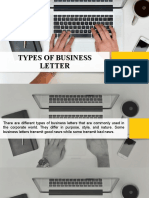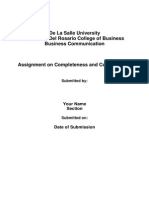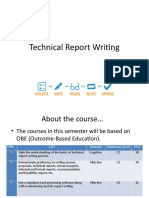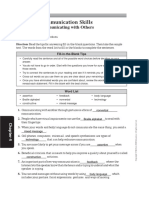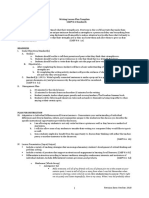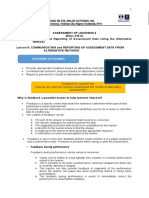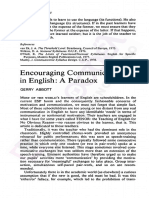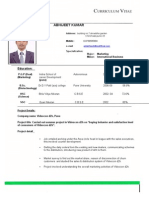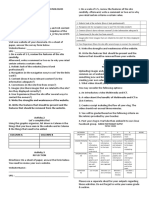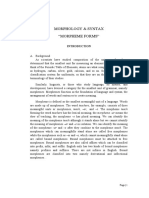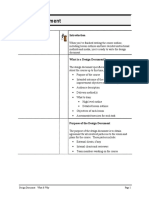0% found this document useful (0 votes)
196 views21 pagesGuide To Technical Writing
This document provides an overview of technical writing, including what technical writing is, the purpose of improving technical writing skills, different types of technical writing, and the difference between technical writing and business writing. It also outlines a technical writing process and provides tips for better technical writing. The intended audience includes individuals and groups looking to strengthen their technical writing abilities.
Uploaded by
ugggCopyright
© © All Rights Reserved
We take content rights seriously. If you suspect this is your content, claim it here.
Available Formats
Download as PDF, TXT or read online on Scribd
0% found this document useful (0 votes)
196 views21 pagesGuide To Technical Writing
This document provides an overview of technical writing, including what technical writing is, the purpose of improving technical writing skills, different types of technical writing, and the difference between technical writing and business writing. It also outlines a technical writing process and provides tips for better technical writing. The intended audience includes individuals and groups looking to strengthen their technical writing abilities.
Uploaded by
ugggCopyright
© © All Rights Reserved
We take content rights seriously. If you suspect this is your content, claim it here.
Available Formats
Download as PDF, TXT or read online on Scribd
/ 21




















